My first experience with teaching high frequency words was filled with confusion.
At that time, I was working as a reading tutor while also getting my undergraduate degree to become a certified teacher.
As part of the reading tutoring program, I was supposed to introduce a few high frequency words on flash cards to a Kindergarten student. When possible, we were supposed to connect the high frequency words (aka sight words) to the books that we were reading with the child.
And I was confused.
I remember thinking, “Wait…you just put the word on a card and he’s going to learn it? Just plain old memorization?”
It didn’t feel right to me. It felt boring. And not only that – it felt like it didn’t reflect the way young children learn. Weren’t they supposed to be moving around? Doing hands-on activities?
Moreover, I didn’t even really understand what a “sight word” was. I thought that all sight words were spelled irregularly – and that memorization was the only way to learn them.
Well. It turns out I was wrong!
In this blog post, I’ll share what I’ve learned since then. I’ll also share tips for how to teach sight words / high frequency words so that they really STICK! (And so that it’s actually fun, too.) ?
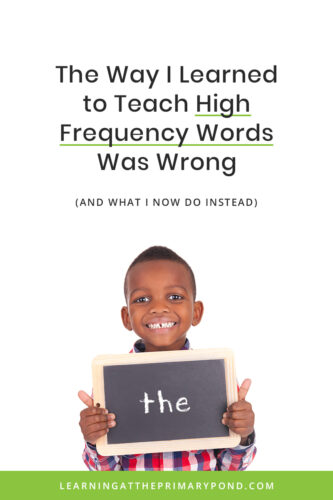
What are high frequency words?
First of all, let’s clarify the terms “high frequency words” and “sight words.” Here’s my current understanding of the terms:
High frequency words –
- Words that appear frequently in texts (especially beginning books for children)
- Can be regularly spelled (no surprises – like the words “can” or “like”)
- Can also be irregularly spelled / have surprising or tricky sounds (like the words “four” or “does”)
Sight words –
- Words that a reader knows instantly, by sight
I used to say “sight words,” but now I mostly use the term “high frequency words.”
I like this term because even though it’s a little wordier, it better represents what I’m truly trying to teach. (I’m trying to teach my students words that appear frequently in text, so that they eventually become sight words for the students.)
How do readers learn high frequency words?
Memorization certainly plays a role in learning high frequency words. But there’s more to it than that!
When someone is learning a new word, the learning process works best when these 3 areas of the brain are activated:
- The part where meaning is stored
- The part where spelling is stored
- The part where sounds are stored
Do the first two resonate with you? You probably have students practice reading high frequency words in sentences or even making up their own sentences with the words. And you might have students learn to spell the words.
But what about #3? Did you know that it IS valuable to help students think about the sounds in a high frequency word?
If #3 has you saying, “Whoa!” or “Really??” – then I can relate! I was surprised by that, too.
Brain Area #1: Meaning
When students are learning a high frequency word, they need to understand what it means. They need to hear it in the context of a sentence. They should also come up with their own example sentences (orally and/or in writing).
Students should have multiple opportunities to hear and use the high frequency word, preferably soon after the word is introduced.
Brain Area #2: Spelling
Just learning to read a high frequency word isn’t enough – we want the kids to learn to spell them, too!
Multi-sensory activities are great for spelling practice. (A multi-sensory activity incorporates more than one of the five senses.)
In the last section of this post, you’ll see some ideas for multi-sensory spelling practice activities.
Brain Area #3: Sounds
Students need to connect the letters in the word to the sounds that the letters make.
This is easier for words with regular spellings – like “much.” After students have been taught vocabulary words like “short vowel” and “digraph,” use these words when discussing the word. I might say to a student, “Much” is spelled M-U-C-H. What’s the vowel in this word?” (u) “What does the u say?” (/ŭ/) “There’s also a digraph in this word. The C and H work together to say /ch/. /m/ /ŭ/ /ch/. Much.”
What you say and ask about a word will depend upon how much students have learned. If a student doesn’t know what a vowel is, I’m not going to ask her to identify the vowel!
But my point is this: Connect the concepts that you’re teaching in phonics and phonological awareness to the high frequency words that you’re teaching. As much as possible, I match our high frequency words to the phonics patterns we’re studying that week.
Students need to connect the sounds in a word to the letters in the word. This is sometimes called orthographic mapping, and you can learn more about it in this video:
How should I teach high frequency words?
Like anything in education, there’s no one “right way” to do this. But I’ll share how we do it in my phonics program, From Sounds to Spelling.
This routine incorporates multi-sensory strategies and seeks to activate all 3 parts of the brain:
STEP 1: Present a written sentence to students that includes the target word. (If possible, I make the sentence personally meaningful to students by using their names or writing about something in our classroom. I also try to include words in the sentence that students would be able to decode.) Here’s an example from the Kindergarten program:
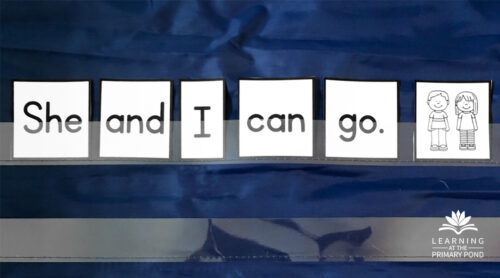
You can certainly just write a sentence on the board, too! I only use the word cards with my Kindergarteners because they’re developing their understanding of the concept of a word.
Also, as an independent activity, I can mix up the words, place them in a plastic baggie, and have students put them back in order.
STEP 2: Have students come up with their own original sentences – orally. (After you model an example, they might turn and tell their sentence to a partner.)
STEP 3: Discuss the sounds in the word. Regardless of whether the word is regularly or irregularly spelled, we connect the sounds of the words to the letters.
I often use sound boxes as I do this.
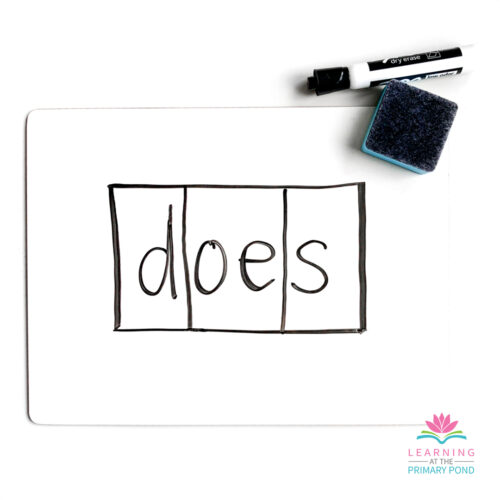
In this example, I might cover up the word and say, “Listen to this word. Does. What sounds do you hear?” Students should tell me /d/ /ŭ/ /z/. Then, I’d uncover the word and say the sounds, pointing to each letter or group of letters as I go: /d/ (point to the d) “/ŭ/” (point to the oe) “/z/” (point to the s)
What I say next would depend on what students have already learned. But I would probably ask, “Are there any surprising/tricky sounds?” Students should notice that the /ŭ/ sound for oe is surprising/tricky. I would point out that both vowels are in one box because they work together to make one sound (/ŭ/). Students should also notice that the /z/ sound for s is surprising. (However, they may already know that s can sometimes say /z/.)
Last, I might have them say the sounds while I point under the corresponding box.
This discussion happens pretty quickly. At first, it takes longer to go through this process. But as time goes on, students learn the routine and can do most of the work with connecting the sounds to letters.
STEP 4: “Tap out” the word. To make the spelling more memorable, students tap out the word on their arm while spelling it aloud. (This is a multi-sensory strategy.)
Here’s a quick informal video to show you how we do this:
STEP 5: Write the word. I like to make this part multi-sensory, too.
In this step, students are writing the word AND creating a “bumpy word” that they can trace with their finger.
There are different ways to do this, but I like to have students place a piece of paper on top of a knitting screen (like this one – Amazon affiliate link). They use a crayon to write the words. You can have them spell the word aloud as they write.
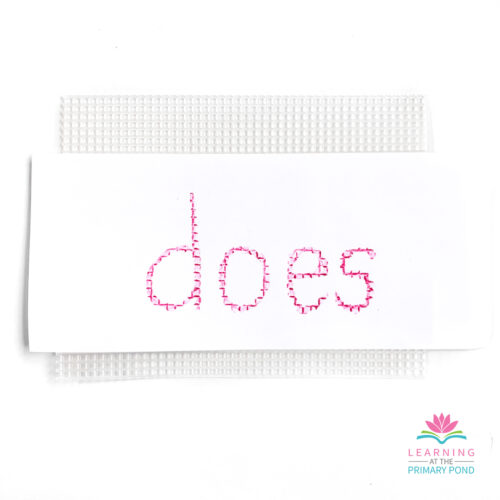
Then, once students have written it (have them go over the word 3 times), they can use a finger to trace over the word and spell it out loud. When they practice the word in the future, they can take out this sheet and trace the “bumpy word” while spelling the word aloud.
STEP 6: As long as time permits, have students write an original sentence with the word and read their sentence aloud to a partner. We usually skip this step at the Kindergarten level. (Also, if you find that you’re frequently running out of time for this step, you might skip Step 2 so you have more time for this.)
Those six steps are how I introduce a new high frequency word!
In addition to this process, in my program, 2nd graders also keep a personal dictionary / word book that they add words to. (1st graders and Kindergarteners could also do this if you like.) This is a great tool for them to use as they’re writing.
All of this sounds like a lot, right? At first, it is! But once students learn the routine, things move more quickly.
Where can I get materials for teaching high frequency words?
I have both high frequency word focus sheets and games (you can buy them separately or in a bundle) for all of the following word lists:
- Fry’s First 100 Words
- Dolch Pre-Primer Words
- Dolch Primer Words
- Dolch 1st Grade Words
- Dolch 2nd Grade Words
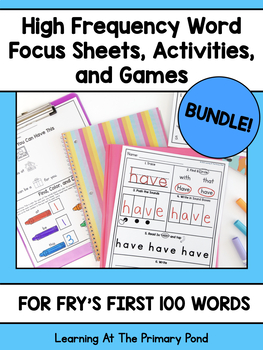

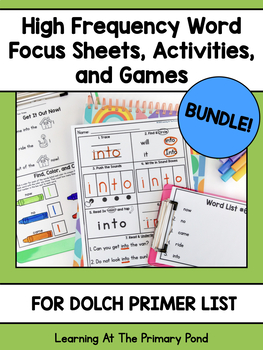
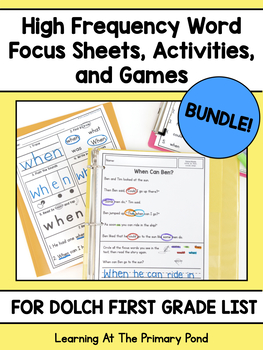

Also, in my phonics program, during each week of the program, students work on words that have a certain sound or spelling pattern – and they also learn a few high frequency words (that may or may not follow the pattern).
The high frequency words in the program don’t match any one specific list (i.e. Dolch or Fry). They were derived from a few different resources and designed specifically to equip students with words that will be useful to them in their reading and writing.
I hope that this post was helpful to you! Did anything surprise you? How does this compare with how you learned to teach high frequency words? I’d love to hear from you in the comments!
Last but not least, if you’d like a FREE scope and sequence for teaching phonics in K-2, grab mine here.
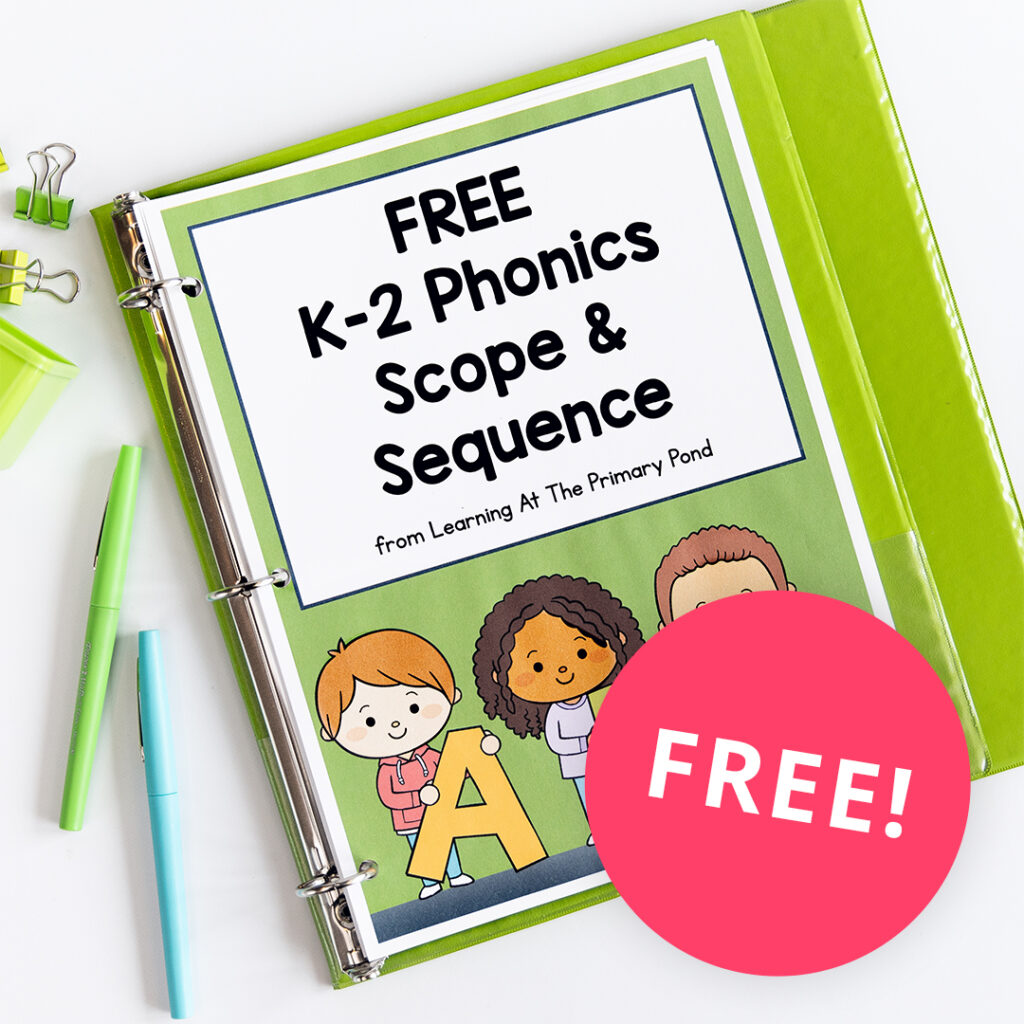
Happy teaching!
References
Blevins, W. (2017). A Fresh Look at Phonics, Grades K-2. Thousand Oaks, CA: Corwin.
Miles, K. P., Rubin, G. B., & Gonzalez-Frey, S. (2018, May). Rethinking Sight Words. The Reading Teacher, 71(6), 715-726.
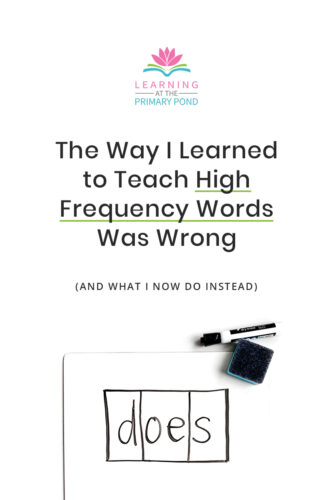

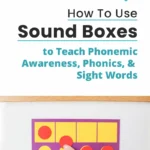

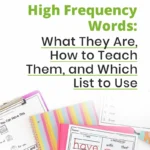
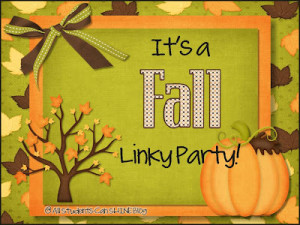
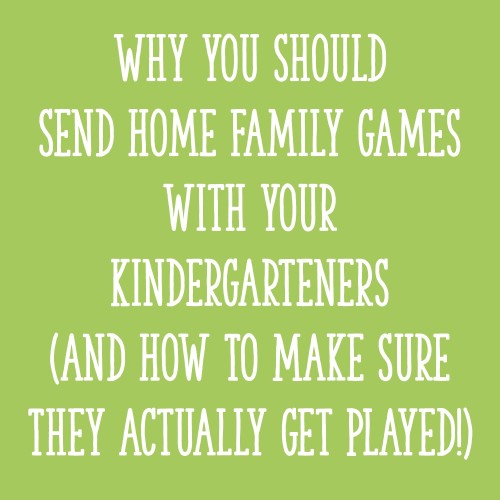
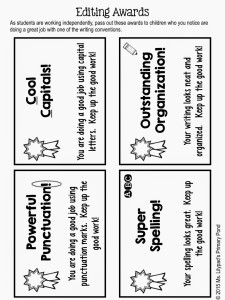






Thank you good article. I am happy I figured out by my own research what you spell out here. I am trying to help my 2 struggling readers during distance learning. Many things kept giving me red flags. Last year they both had over 200 words to memorize. I kept asking the teachers how. They kept saying flashcards. I kept telling them it doesn’t work. Also Kindergarten books that have repeating sentences with pictures clues just screamed at me they were wrong. I kept asking the teacher why words like play when they have not yet learned at as a… Read more »
I’m so glad that you found this post useful, Heidi! 🙂 Distance learning is so tough for all of us, but I’m glad to hear that your children are doing well and that you’re doing what’s best for them!
Hello Allison! This post of orthographic mapping is exactly what I have learned in my reading master’s program — I heard a great presentation that also refers to these as heart words. Our Instructional Coaches have been showing teachers to teach the sight word reading/spelling method from Jan Richardson’s Next Step in Phonics in which there are 4 steps — would you say this method is similar to orthographic mapping, or is another form of memorizing sight words?
Hi Rebecca! I am actually not familiar with her method. Generally, though, if it involves teaching students how the sounds in the word relate to the letters, how to spell the words, and the meanings of the words, it likely does use orthographic mapping!
Alison
Dear Alison, I teach reading/literacy to Kinders and first grade. I have success using multi-sensory Step #5 but, I add one additional step. After the children have written the high frequency word, they underline the word. Using their finger, I tell them to trace the “underline” while they’re saying the word out loud 3X’s. This reinforces the concepts of print by teaching them to look at words and read them from left to right.
Thanks for sharing your strategy Kevin. I like the additional step and can definitely see the value. 🙂
It’s certainly understandable that we should seek the easiest, most effective ways to learn things. Unfortunately there are some things that just take time, work, and yes memorization. Sight words certainly fall under that category. I use the term “sight words” because a competent reader must master these words so they instantly know them by sight, not by having to think through the sounds/spelling of the words. My kindergartener has now mastered all 1,000 fry words and a year ago he mastered all the Dolch sight words. Hpw did he do it? Hard work and perseverence. Why did he do… Read more »
That’s amazing, David!! Thank you for sharing! 🙂
Parents can take the learning outside. Write the words with chalk on sidewalks, with a stick in the dirt, or in the sand. Try shouting the spelling outside, whispering while swinging, or chanting during jumping Jack’s or rope jumping. Give each child in a set of 2or 3 chalk and a new word to make into a hopscotch or other pattern for each other
Yes! Those are great ideas!!
Well done. This method might be very useful for native kids, but I am a little worried that it cannot be applied to ESL kids’ classrooms. For example, some of them can’t even come up with their own sentences, or even when you (the teacher) show kids a very simple sentence, they can’t still recognize them.
Thank you, Jerry! In an ESL classroom, I would suggest providing a lot of extra scaffolding and support. You could start by helping your students focus on connecting the letters to the sounds they make (listening comprehension), and then provide them with lots of contextual examples of how the word is used. It’s alright if you’re the one that is providing the sentence examples at first. You could then move to have students come up with a few words in the sentence. For example, if you were working on the high frequency word “the,” you could write “The dog ______”… Read more »
Hi
I cannot download your free scope. Please can you email to berman@stps.org.za
Thanks so much
ashley
Hi Ashley! Try this link: Phonics Scope and Sequence
Kindergarteners will have a great learning experience being taught this way with high frequency words. They will learn so fast and in such a fun way, also.
Thanks for the informative article about reading. The image of the African American boy was a plus. He reminded me of my own son and our struggles with reading. I paid a good friend who was a reading intervention teacher to tutor him after school. She went to her magical classroom and taught lessons that I didn’t know how to teach. Guess what?I’m now the reading intervention teacher! You got to love it!
What a wonderful story Kimberly – thank you for sharing!
memorize
“oe” doesn’t say /u/ though! There are too many HFW that don’t follow sound rules. Hence they must memorize IMP
It can be so hard when a lot of the HFW words don’t follow traditional rules, yes! Here’s another blog I wrote that might help you think through some steps to take when teaching HFW. One of the steps includes discussing whether there are “regular” or “irregular sounds” – How to Activate 3 Key Parts of the Brain When Teaching Students a New Word
So well done! Great, easy-to-understand definitions. Suggestion: You might advocate more practice time and sentence building with function words e.g., of, was, said which are much harder for students to map than content words e.g., house, farm, dog (Miles, Ehri, 2017).
Thanks, Mark!